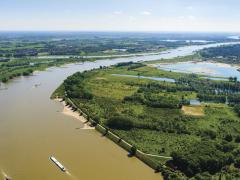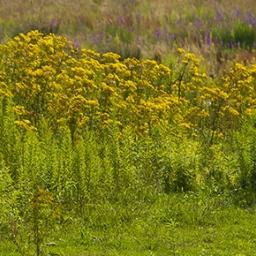Quantifying biodiversity footprints of Dutch economic sectors: A global supply-chain analysis
Economic sectors contribute to biodiversity loss through environmental pressures, such as land use and greenhouse gas (GHG) emissions, both directly via their production processes and indirectly via their supply chains.
This study is the first that systematically quantifies supply-chain-related environmental pressures and impacts on terrestrial biodiversity losses in relation to sectoral production by presenting so-called biodiversity footprints for 47 sectors in the Dutch economy. The supply chains of the food and chemical sectors were investigated in more detail.
The results imply that mitigation of particularly GHG emissions and options for sustainable land-use should be considered in sectoral strategies to protect global biodiversity. The results create a clear rational for not only improving sectoral production efficiency, but also for taking supply-chain responsibility.
In more detail, our results revealed that:
(i) the largest supply-chain-related biodiversity losses occur in land-intensive and energy-intensive sectors;
(ii) sectors that produce primary resources, such as crops and livestock, showed the largest biodiversity footprint per EUR of output;
(iii) for most sectors in the Dutch economy, more than 50% of the biodiversity losses related to their supply chains were being caused abroad;
(iv) more than 45% of the supply-chain-related losses caused by the food and chemical sectors occurred upstream of the direct suppliers.
This article is available on the publisher’s website via restricted access.
Authors
Specifications
- Publication title
- Quantifying biodiversity footprints of Dutch economic sectors: A global supply-chain analysis
- Publication date
- 12 April 2017
- Publication type
- Publication
- Magazine
- Journal of Cleaner Production
- Product number
- 1962




